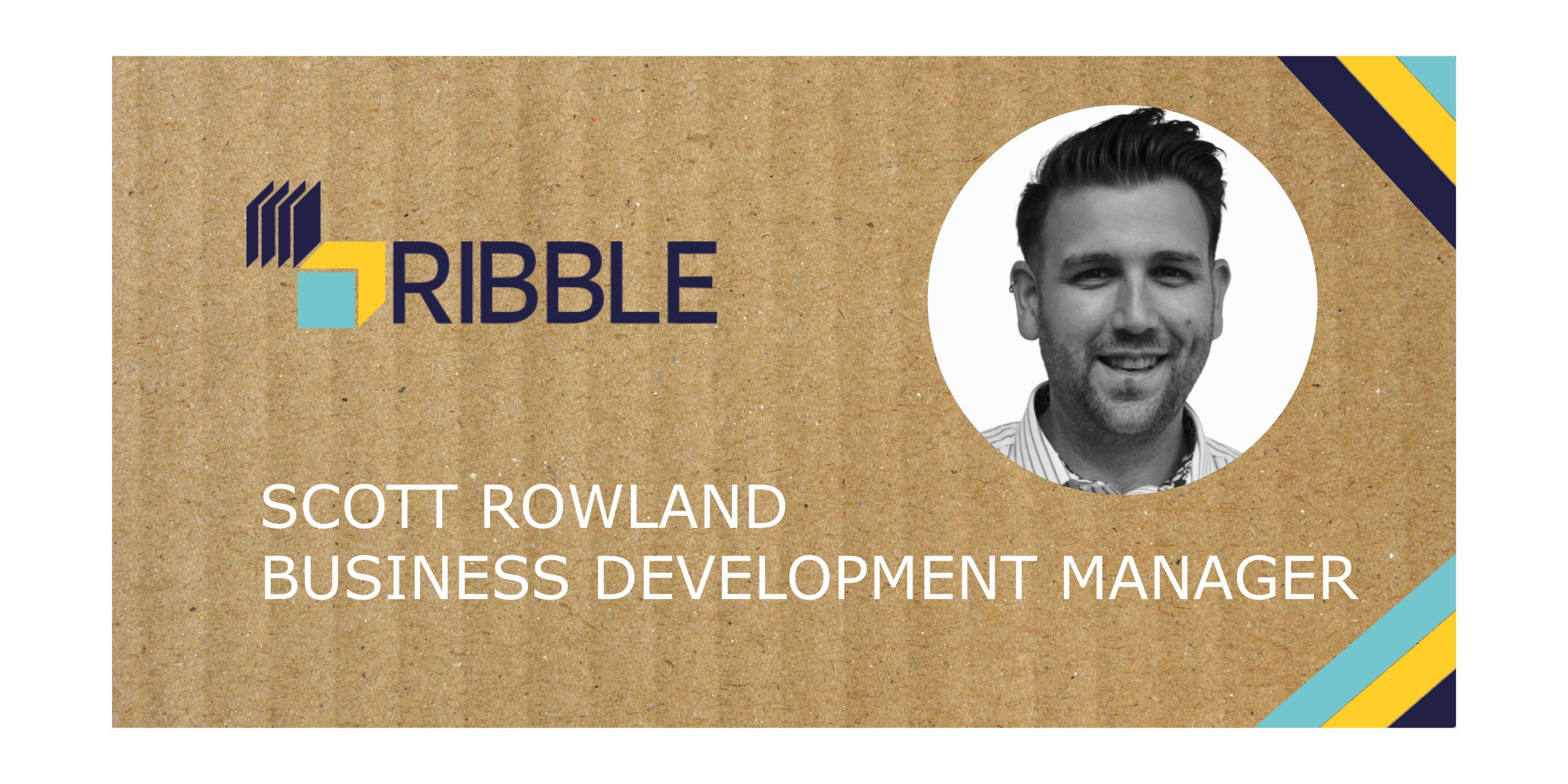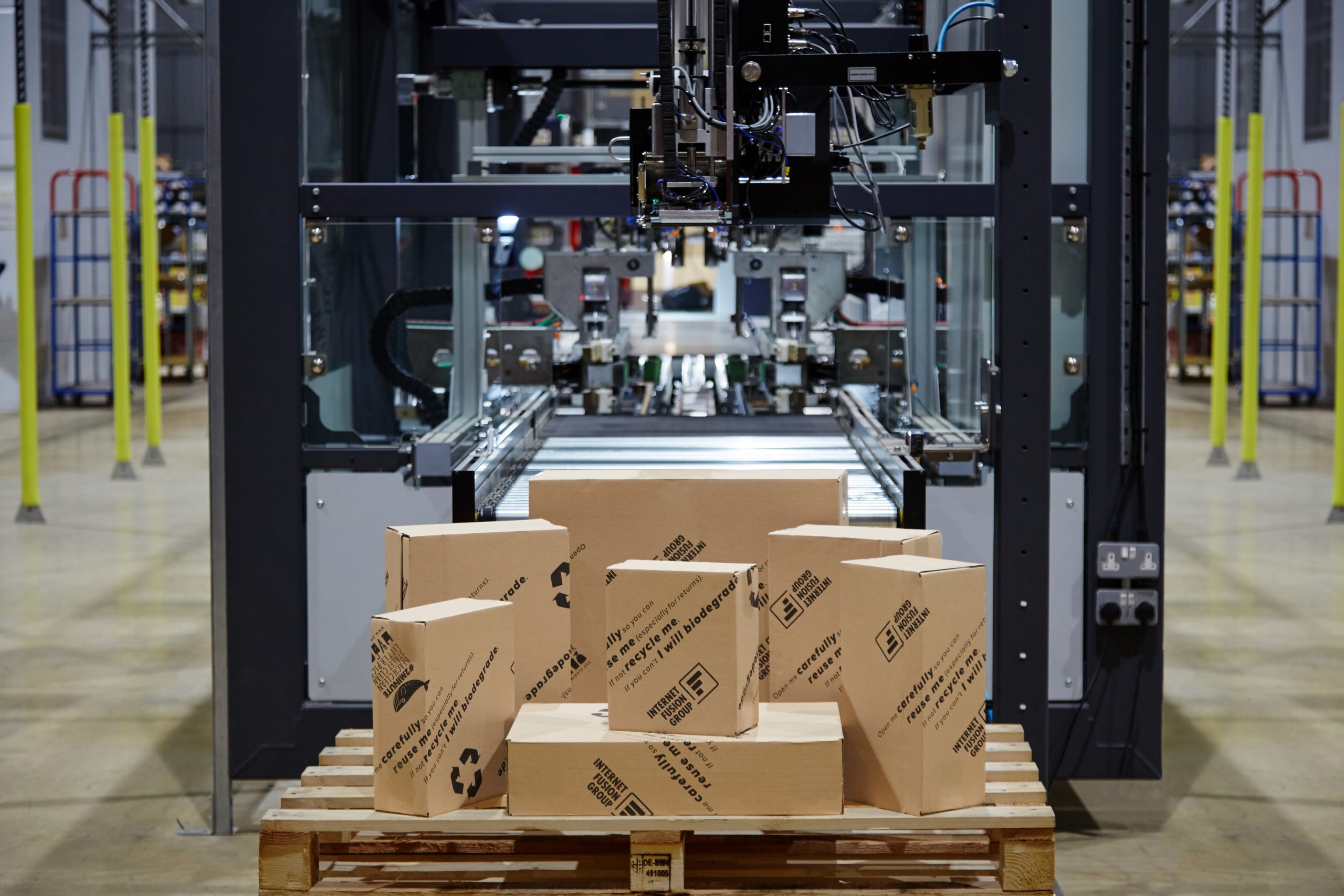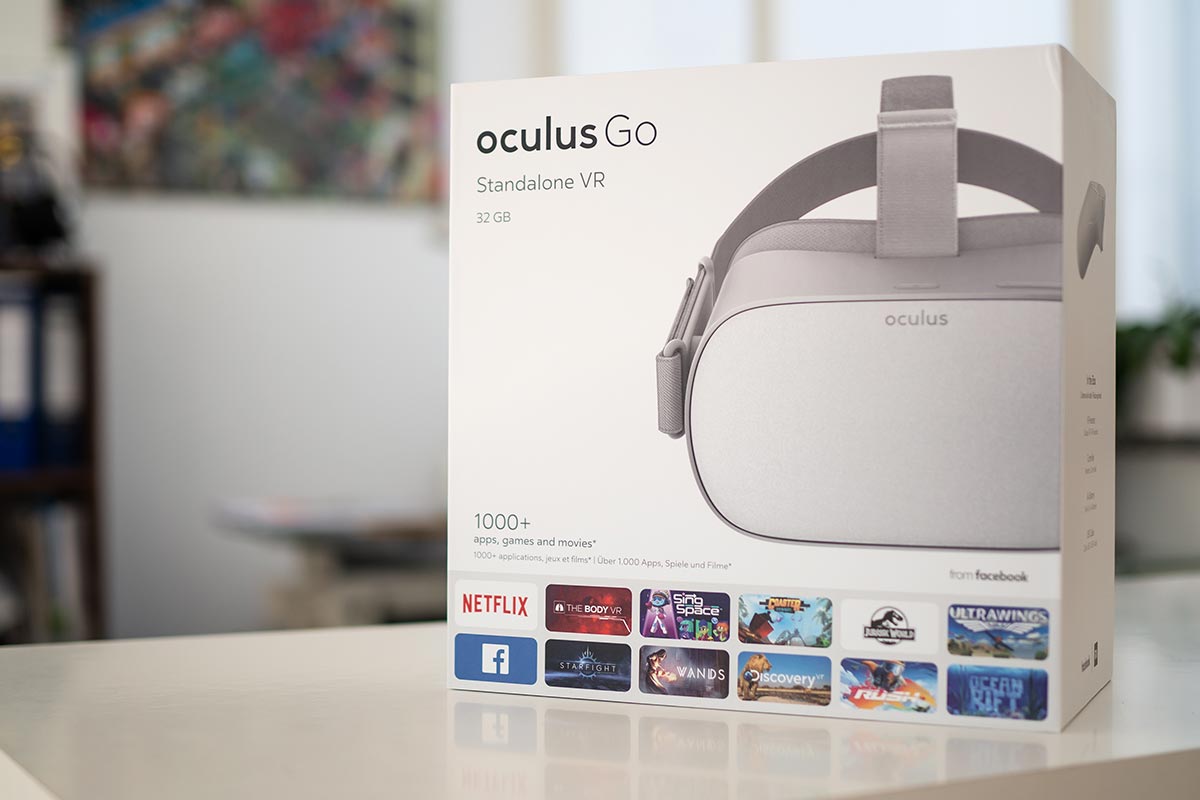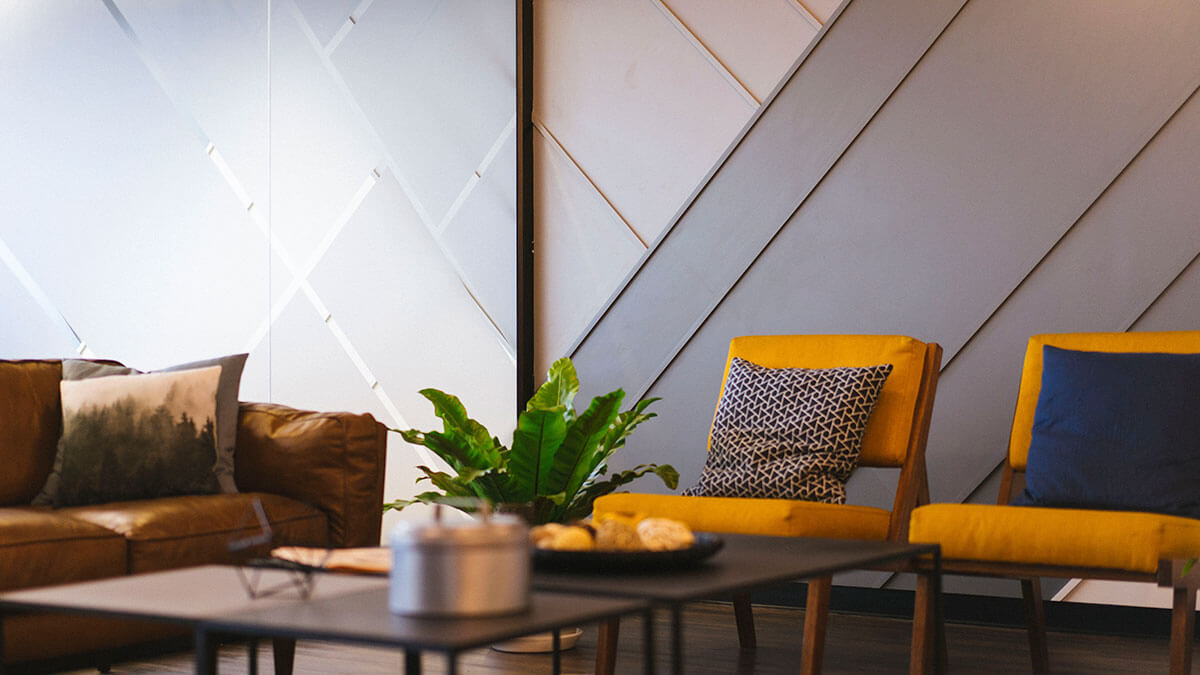For businesses who have Corporate Social Responsibility (CSR) high on their agenda, it is time to evaluate every process to help find more eco-friendly methods.
However, maintaining strict budget requirements and being greener can be difficult. Fortunately, cardboard product packaging can help you to offer a more environmentally friendly solution with a whole host of benefits.
Say goodbye to plastic and hello to cardboard product packaging with six reasons why you should be using cardboard for your product packaging.
Six reasons to use cardboard product packaging
As e-commerce grew, so did the use of plastic. Plastic is a cheap and versatile product packaging, but it is also wreaking havoc on the environment. Plastic packaging adds to our single-use throwaway culture. In fact, 50% of the plastic we use is single use. Furthermore, we throw away enough plastic every year to circle the earth four times.
Plastic is not just causing significant problems for the environment; it is also found that plastic chemicals are being absorbed by the body, which could pose severe health risks. It is no surprise with all the terrifying statistics about packaging that consumers are becoming more aware of the consequences of plastic.
Many consumers will actively seek out brands that do not use single-use plastic or plastic at all. By making the change from plastic to cardboard, you will not only be helping the environment by choosing a recyclable, degradable form of packaging, but your customers will be happier too.
Furthermore, recycled cardboard is a growing trend. Experts predict that recycled cardboard will be the next in-demand product for most packaging needs due to its versatility and eco-friendly nature. Added to this is the fact that many countries are now taxing plastic products and we may soon find a ban on plastic packaging as a whole.
-
Flexibility and versatility
With cardboard product packaging you have a blank canvas to create innovative packaging designs to fit and shapes and sizes necessary. Custom cardboard packaging is easy to acquire, and there are now machines that will automate your packaging needs by creating the right size boxes to fit the products you need. Automated cardboard packaging machinery is a significant help for businesses who ship a wide variety of products of all shapes and sizes.
The versatility of cardboard means you have the chance to be as inventive or as ordinary as you like. Boxes can be made to fit all sizes and shapes. However, you can think outside of the box and design cardboard packaging that is bespoke for your product too. If you are worried that your product won’t stand out among a sea of cardboard boxes, create a shape that is distinctive and even more practical.
When considering packaging for your products, it requires a careful cost analysis. You need packaging that is safe enough to reduce the number of damages and return but is also cost-effective enough to improve your bottom line. The right packaging is critical for your balance sheet. Spend too much, and your profit will suffer. Spend too little, and you may receive bad feedback for damaged items.
In many cases, recycled cardboard will cost less than plastic packaging. Furthermore, as cardboard is lightweight and you can alter the size to suit your product, you can save money on shipping too. If you have the space available, then recycled cardboard is easy to store and buying in bulk will usually ensure a cheaper rate also.
As well as this, there will be a low cost of damaged returns and cardboard is a safe and durable packaging material, designed to keep your products safe and damage-free.
Cardboard product packaging should be designed with the customer in mind. It needs to be easy for the customer to carry and handle while also being convenient, easy to use and mean little hassle for disposal. As cardboard is a very light material, it makes it easy to transport. This is ideal for saving money on logistics bit also handy for your customers too.
With cardboard, it is easy to add manual handling aids such as handles of holes. Your product packaging should be designed for customers to make it easy for them to pick it up. After all, they are more likely to purchase if it makes life easier for them. It is worth bearing in mind that if you offer a carrying mechanism, make sure it is robust and durable enough for the weight of the product. Flimsy plastic carrier bags frustrate customers when they break, make sure your product stays secure, and your packaging remains easy to hold.
Finally, after the customer has opened their packaging, disposal needs to be as easy as possible. Fortunately, recycled cardboard can be recycled with ease. If your cardboard packaging is large, it may be worth having some fold lines or perforated edges to help the customer fold and dispose of the packaging with minimal effort.
One of the most significant benefits of cardboard packaging is its ability for branding.
You can easily print and coat cardboard for branding needs, without limiting its recycling ability. Printing on cardboard is easy and cheap to do making it easy for your product and product packaging to stand out and get noticed.
As cardboard packaging technology has progressed, combined with computer-aided design technology, it is now easy to get your perfectly branding packaging through an automated system. This means that personalised branded cardboard is now much more affordable and accessible for businesses of every size.
While designing your branding for cardboard, it is important to be unique and stand out from your competitors, but it is also essential to think about the environment. There is no point using cardboard as an eco-friendly alternative if your additional branding or plastic coating renders it unable to be recycled. With environmental-conscious customers, you will need to think carefully about how to produce the most eco-friendly packaging that still delivers your brand message.
Cardboard is an excellent material for product packaging because of its reuse-ability. A strong and sturdy box will no doubt come in handy for storage or transportation at a later date. You can also offer your customers ideas on how to reuse their cardboard packaging to make the most out of it before recycling.
Reuse ideas could include a magazine box or paper file store. With a linen liner, a generic cardboard box can be transformed into a laundry basket, stylish storage box or the ideal play box for children, especially if they have a hand in designing it and decorating it themselves. Cardboard can even be repurposed as a shelf (albeit not for heavy items) or an organiser for messy desks.
Other reuse ideas include a desk organiser, complete with drawers and multiple sections for the most creative reusers. Some may choose to reuse their cardboard box by creating a vanity unit or cosmetic tidy. With lots of cardboard, the possibilities of repurposing are endless. For more robust pieces you simply need to add more layers of cardboard while thinner cardboard is ideal for flexible shapes.
Some brands even offer their cardboard packaging as seed trays as they compose in the ground. When you think about how to repurpose your cardboard packaging, think of your target audience and what they are most likely to benefit from after the packaging use is over. It can also be an excellent way to encourage social media engagement too.














